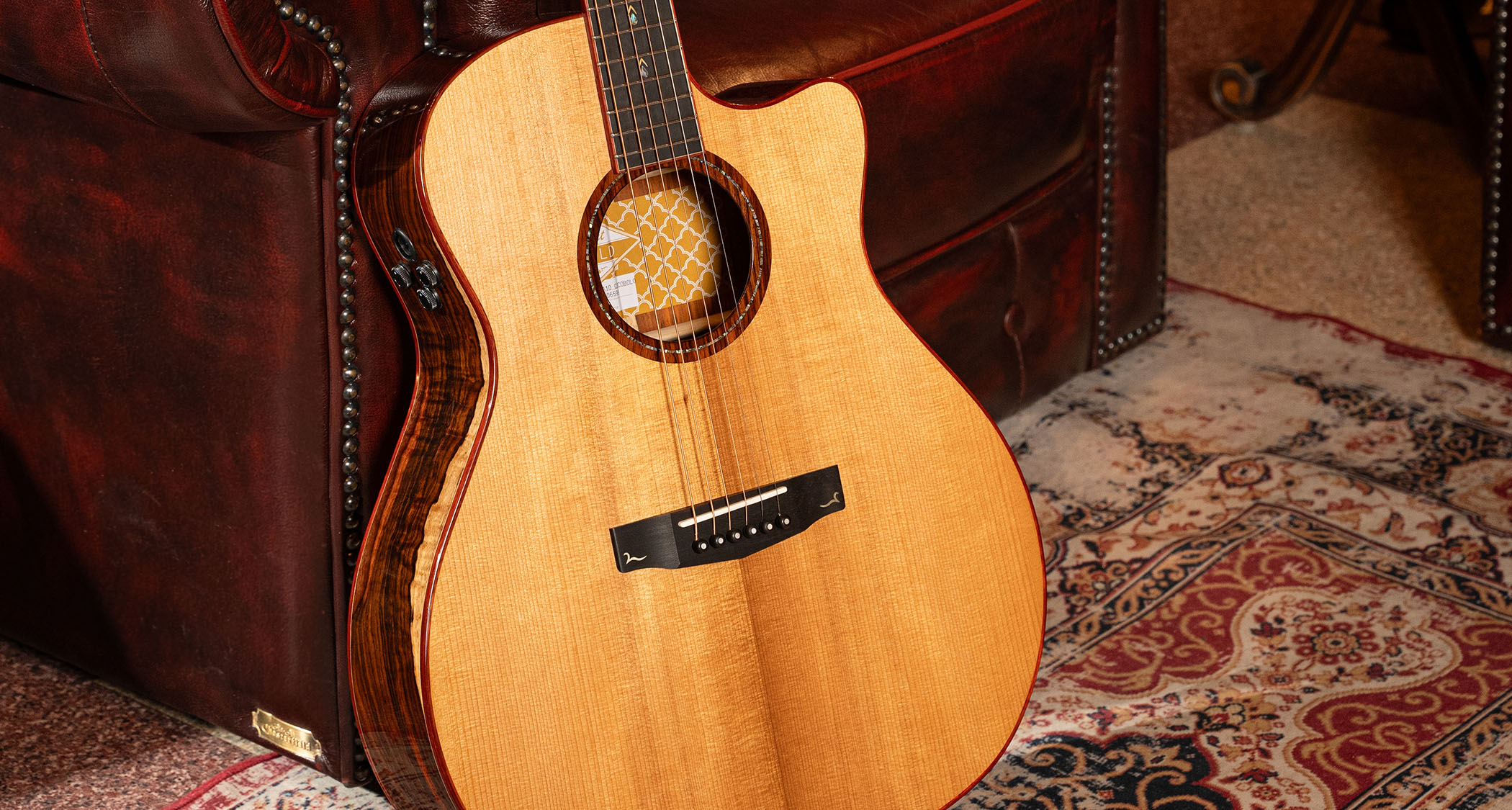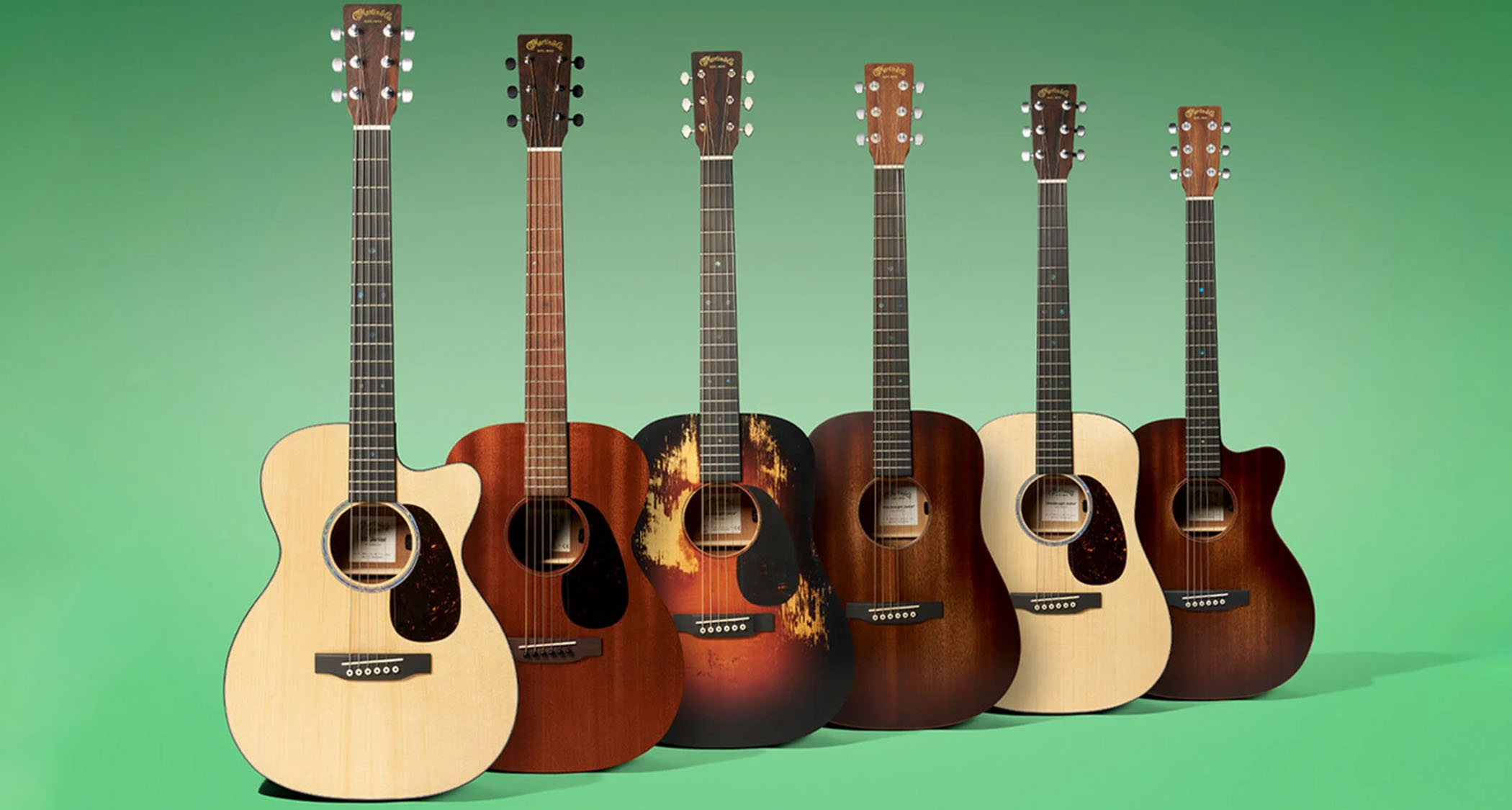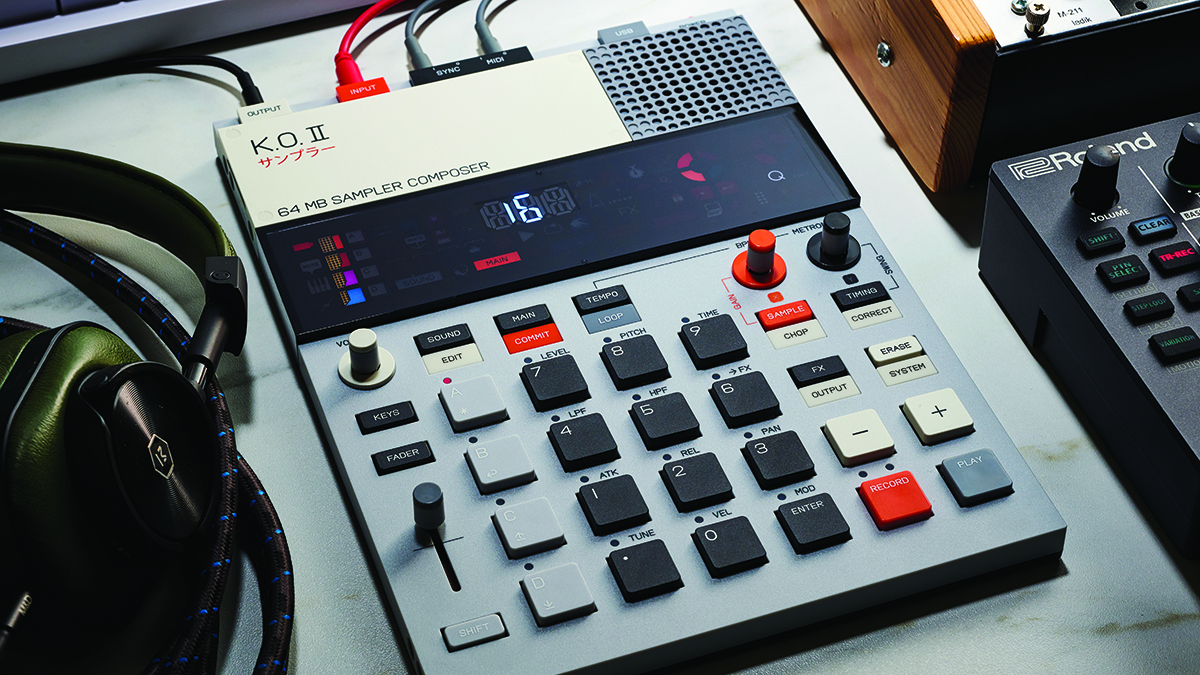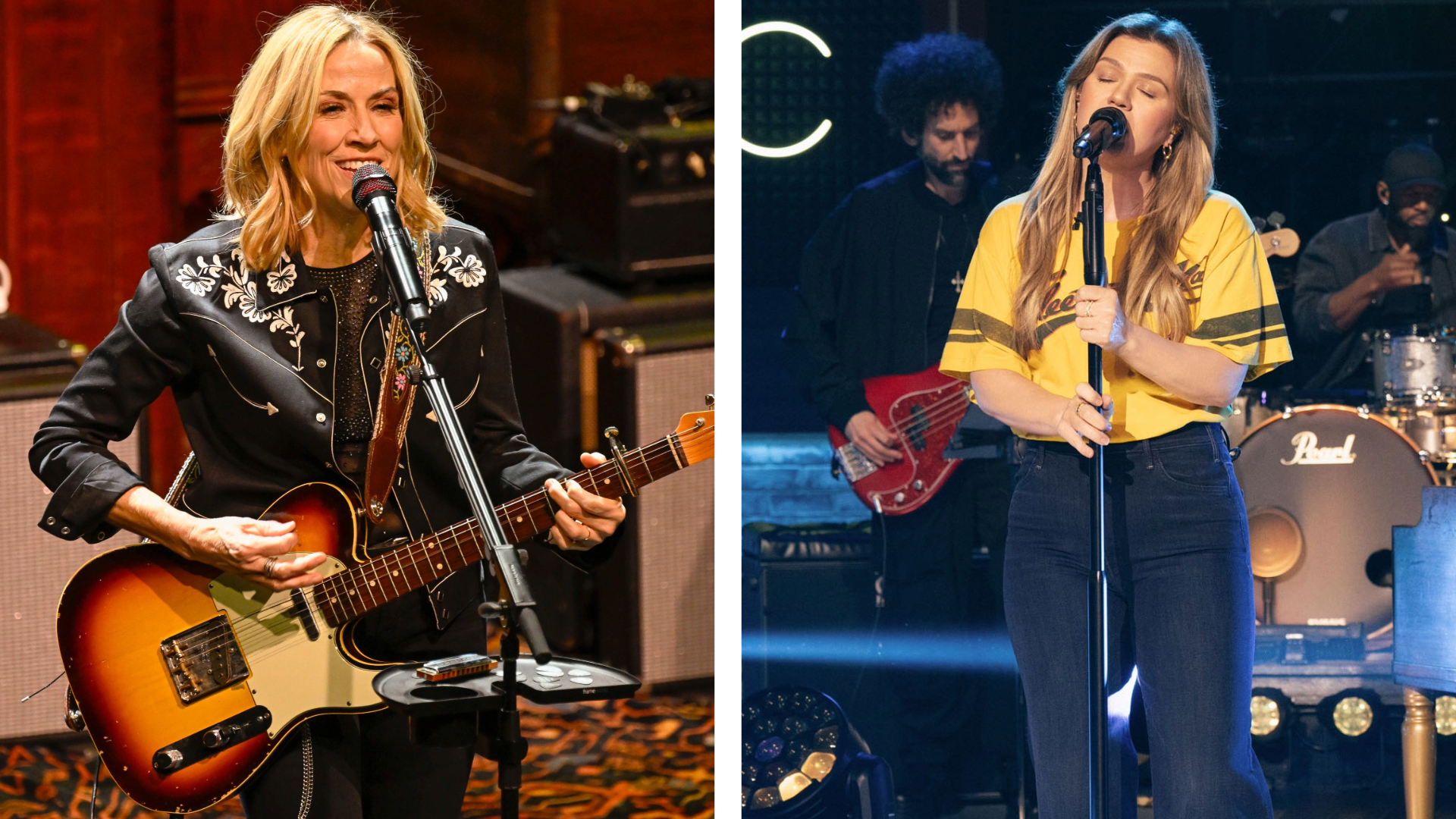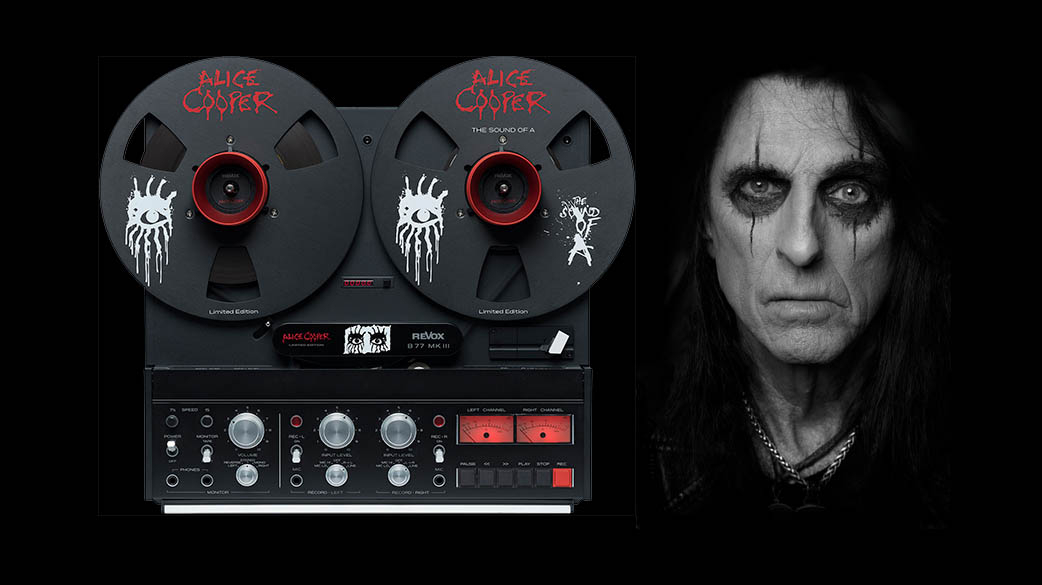James 'Munky' Shaffer talks Korn's debut album track-by-track: "It blew people away"
The making of the groundbreaking metal album, with a little help from Robert Trujillo, hip-hop and bagpipes
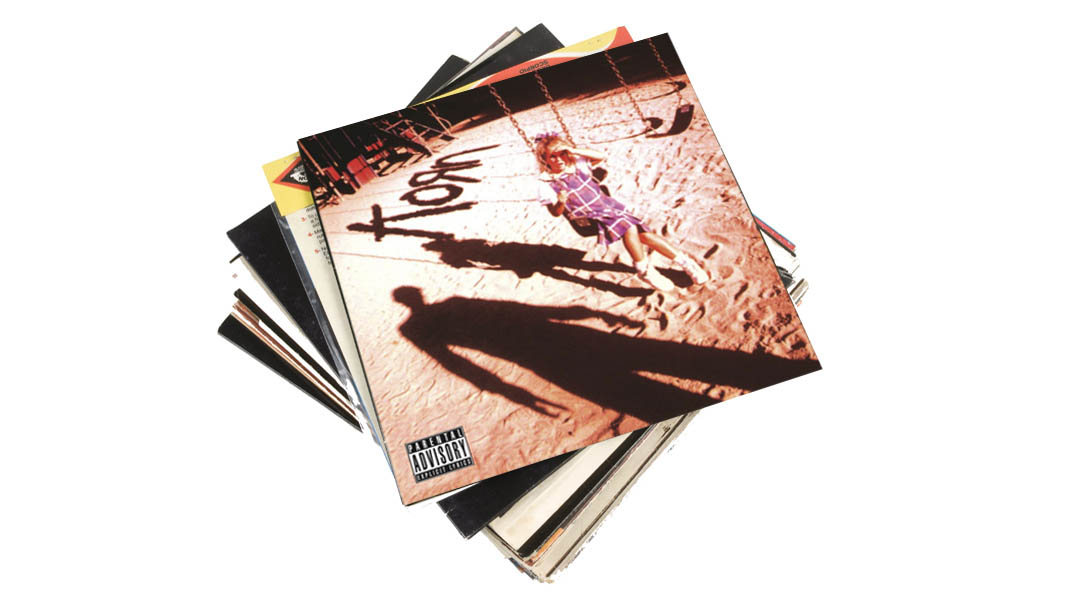
Introduction
When you’ve been playing together for over two decades, there’s bound to be a sizable mountain of memories captured along the way. For Californian metal pioneers Korn, the five-pound, 300-page coffee table tome documenting their entire career barely scratches the surface...
“It’s a summary of all our photos,” says guitarist James 'Munky' Shaffer. “But you can dig into a certain year like 1994 and do a five-pound on book on just those photos alone!
“A lot of stuff got eliminated because, well, it was always going to be vigorous. We wanted it to be of a reasonable size and there was a lot of red tape; it took a while to get all the photographs cleared. But it all came together, and it’s quite a beast.”
The quintet were raiding the vaults for over a year to unearth rare moments lost in time – treasures that would bring their faithful legions of fans even deeper inside their genre-defining legacy, perpetuated even further by various bundles through crowd-sourcing platform PledgeMusic.
“The head of our media came up with the idea, his name is Sébastien Paquet,” continues Shaffer. “He thought it could be something really cool, so presented it to me and I thought, ‘Hell yeah, let’s do it!’ We all got on board to see how we could raise the money to do it.”
Here, the guitarist talks us through the 12 tracks that make up their 1994 debut that redefined heavy metal as we knew it, and inadvertently kickstarted the seven-string revolution.
Korn play their debut album in full on the following US tour dates:
23/10 House Of Blues, Las Vegas, NV
23/10 Knotfest, San Bernardino, CA
27/10 The Fillmore, Denver, CO
28/10 The Great Saltair, Salt Lake City, UT
30/10 The Fox Theater, Oakland, CA
Don't Miss
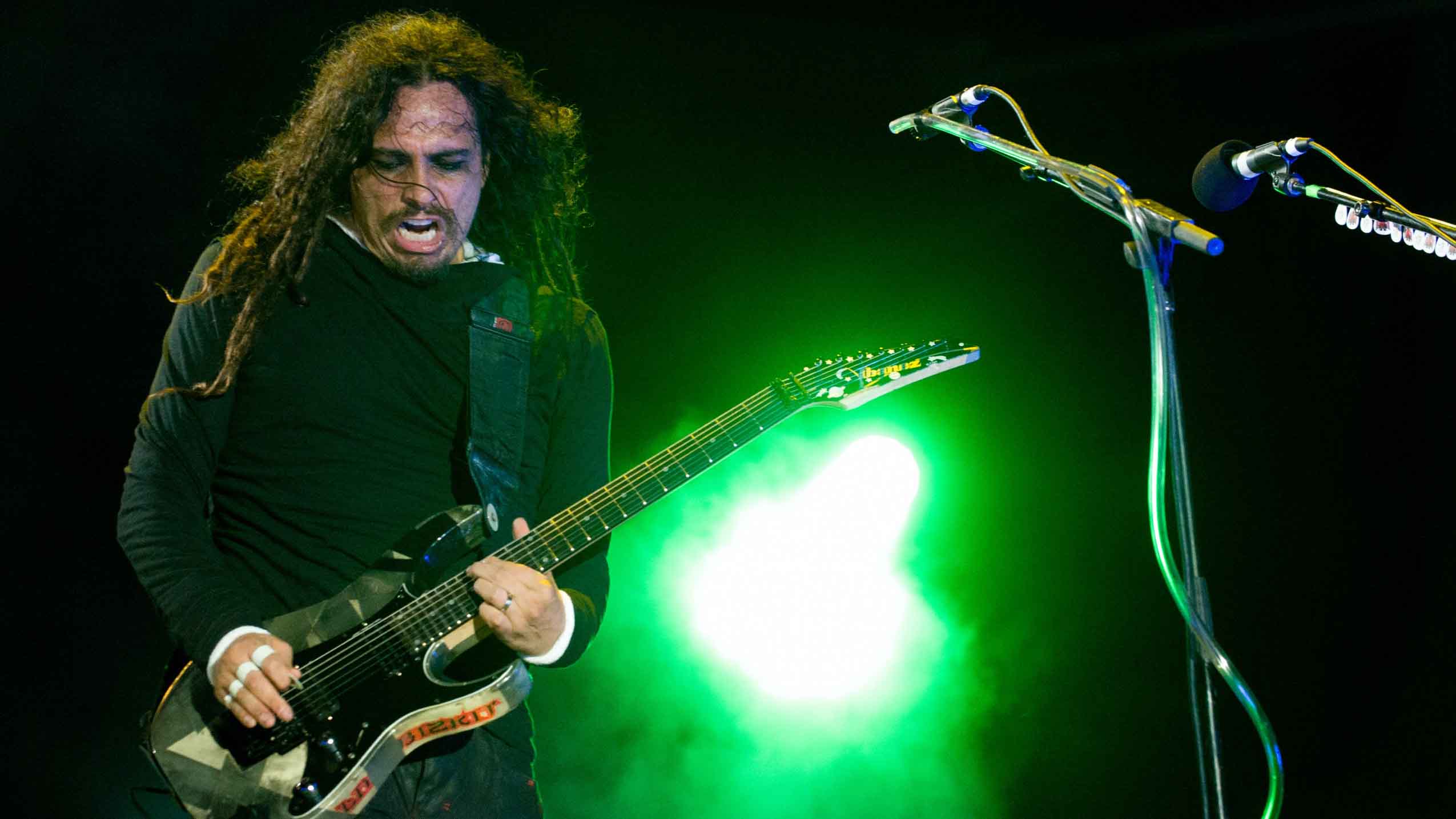
Blind
“It blew people away. It hit them over the head with the sound of detuned seven-string guitars that were like nothing anybody had ever heard before. The main riff actually came from Jonathan Davis’ [vocals] first band. We took the song and rewrote it; that’s how it was born with some vocal melodies staying the same.
“I specifically remember we wanted listeners to be really taken off by starting really small. So, we thought let’s start really unusual with the ride cymbal. Who starts a song with the ride cymbal?! By the time Jonathan sings, “Are you ready”, you’re gonna get frickin’ clobbered by this arsenal of giant guitars. There's this dissonant chord that I do, which is some frickin’ E diminished whatever, played through an old Silvertone amplifier that was built into a case.”
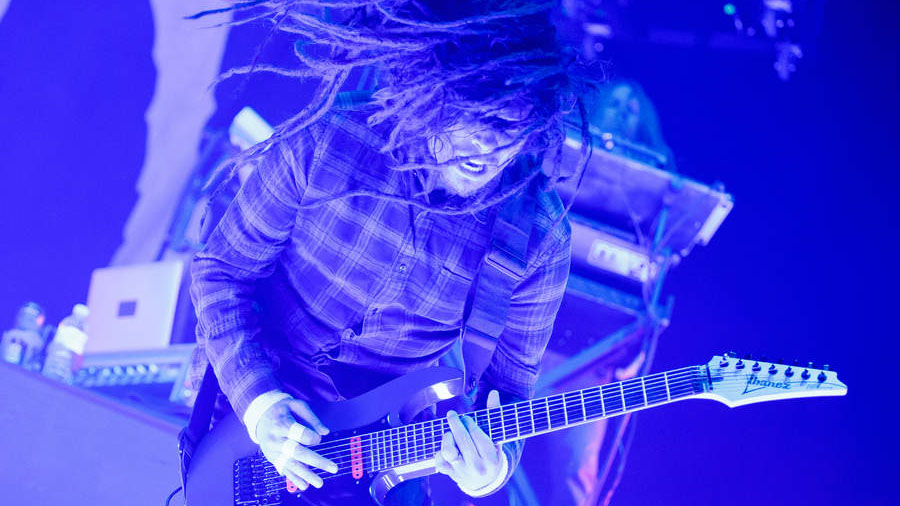
Ball Tongue
“A lot of this stuff was influenced by 90s gangster rap, because we were really into NWA, Geto Boys, Cypress Hill… we wanted to kinda recreate that hip-hop feel with a metal edge. The beginning riff was actually something Fieldy [bass] and I wrote around 18 years old in another band.
“We didn’t incorporate the Whammy pedal until Follow The Leader, so all these sounds were either made with feedback or us playing super-high up on the fretboard.
“Head [co-guitarist] came up with this noise with a vibrato thing. You bend the note up, then play it, then vibrato downwards and when he let off, I’d pick up which gave that panning effect. He starts and then I start the same idea about a bar behind him, so it gives you that left-to-right thing.”
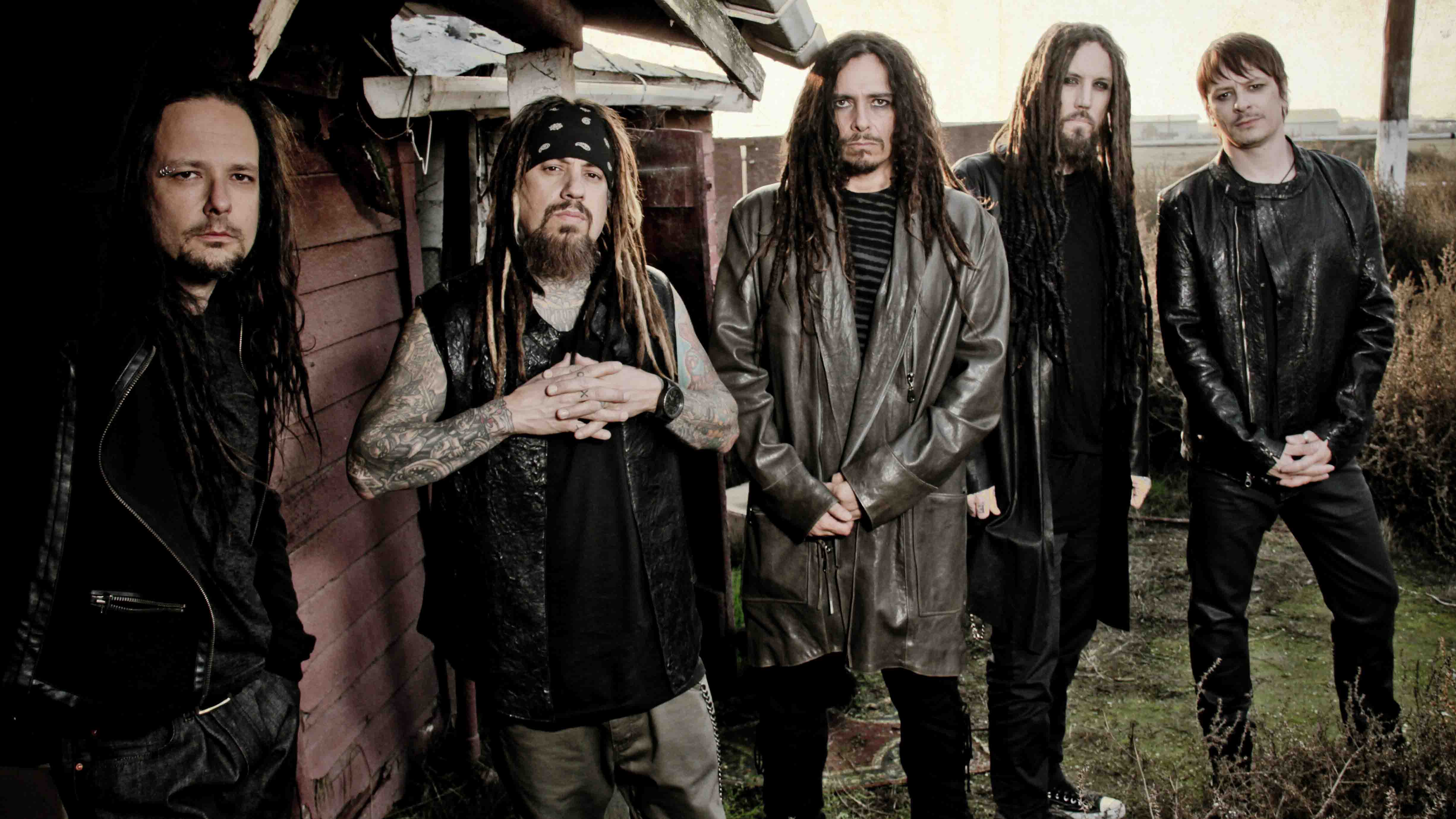
Need To
“I think it was David [Silveria, drums] and Fieldy who came up with this groove; it was sort of a funky thing. Head and I wanted to throw a minor riff behind it, but nothing too busy, because it was already so cool.
“Musically, we wanted a breakdown with a tom beat, which it has. That came from a Faith No More kinda influence, when [FNM drummer] Mike Bordin drives his toms to push the choruses in an unusual way that is rarely done.”
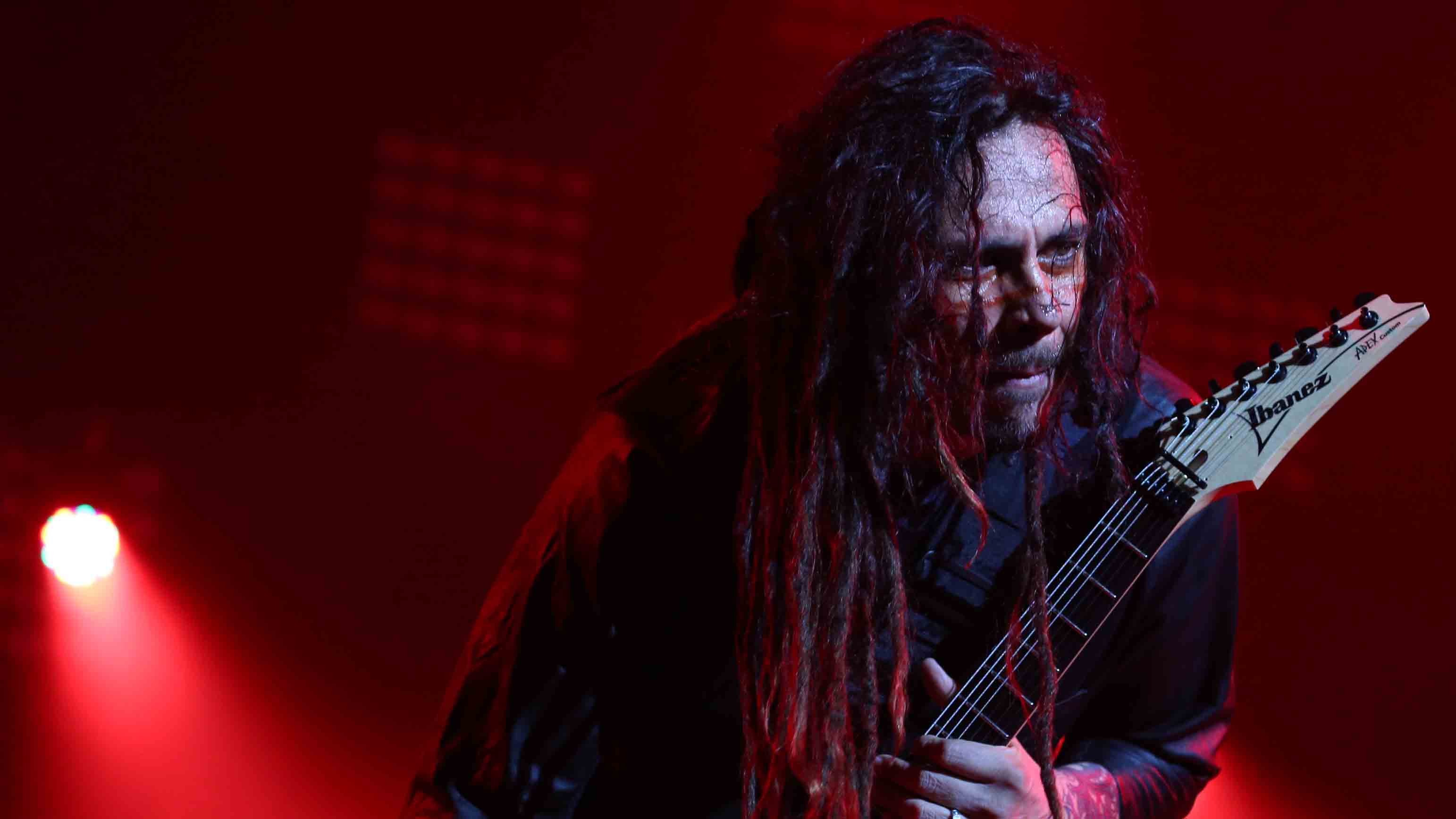
Clown
“So, there’s a high picking part that Head does on the higher strings: he palm-mutes it really tightly, just back and forth. We really wanted to create that type of out-of-control feeling. And then in the bridge section, it comes back with that heavy hip-hop influence.
“There’s good communication between me and Head on so many levels – when we grab our guitars it really translates. We think quite similarly when it comes to music. We finish each other’s sentences; we’ve known each other our whole lives, basically.
“We were trying to emulate what the hip-hop producers and DJs were doing back then with the horns sampled from old records. That’s what we were trying to do with a hip-hoppy bounce, lots of low-end.”
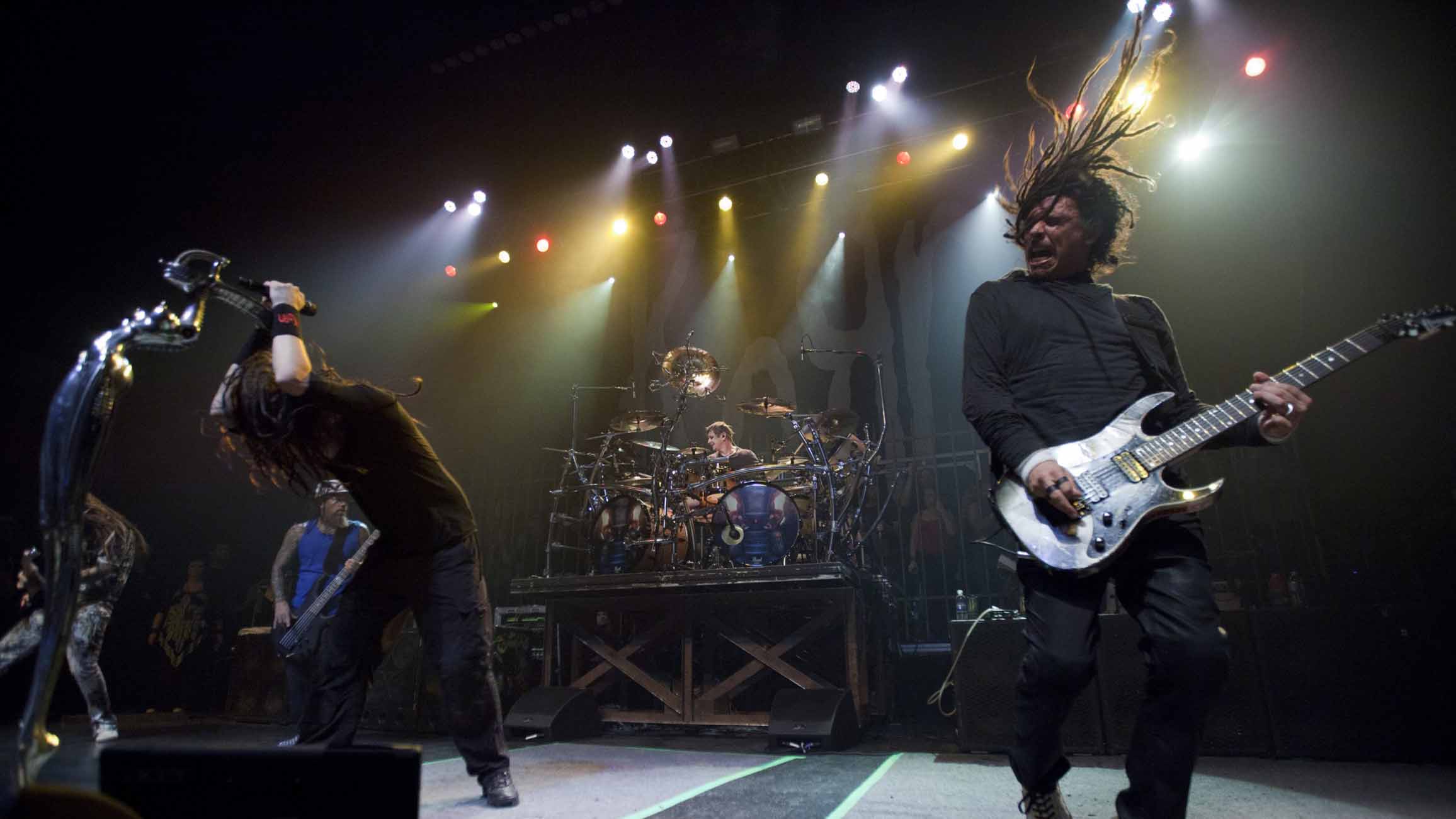
Divine
“Divine was actually a song written before we were signed… with [now Metallica bassist] Robert Trujillo! He wanted to produce our first record – he saw the potential we had!
"He came down to our studio and we worked on the verse bit. We didn’t know where the hooks should be, or where the verses should be. There was a naivety about our songwriting; that’s one of the great things about the album: it’s pure.
“So yeah, Robert came down and helped us write that song. Not a lot of people know that fact. When we came down, we were like, ‘Oh my god, it’s the guy from Infectious Grooves, Suicidal Tendencies! He’s like one of the most amazing bass players on the planet and wants to work with us? Cool!’”

Faget
“We wanted to do this back and forth kinda thing with the guitars to create an atmosphere of something not being okay. Like someone’s about to lose their mind, and it laid a great foundation for Jonathan’s lyrics. Those really explosive, angry feelings fit really well with it.
“The melody I’m doing over the chorus had an unusual note selection that I was kinda questioning at the time. I wasn’t sure, but Head was like, ‘No that’s cool. Keep doing that!’
“The middle section we worked on to get that rhythm in the studio – it was super-clean, palm-muted pretty tightly. We were going for that Rage Against The Machine kind build… super-small and then boom! Jonathan does his kinda rap thing before it hits you over the head.”

Shoots And Ladders
“Listen, we were like, ‘Are bagpipes going to work?’ Jonathan had one set so we had to find the key. It was A sharp I think, an unusual place to start on the neck. As soon as we found the key and played along with the bagpipes, we realised, ‘Oh my god, this is going to be something no-one’s ever heard!’
“Jonathan came from playing bagpipes in a school band, and I think it was [producer] Ross Robinson’s idea to try it. You can’t shoot ideas down when they come from a creative place. It comes from such a personal and vulnerable place, you want people to feel secure, because a lot of ideas are good. And when we take them into the band… they become great.”
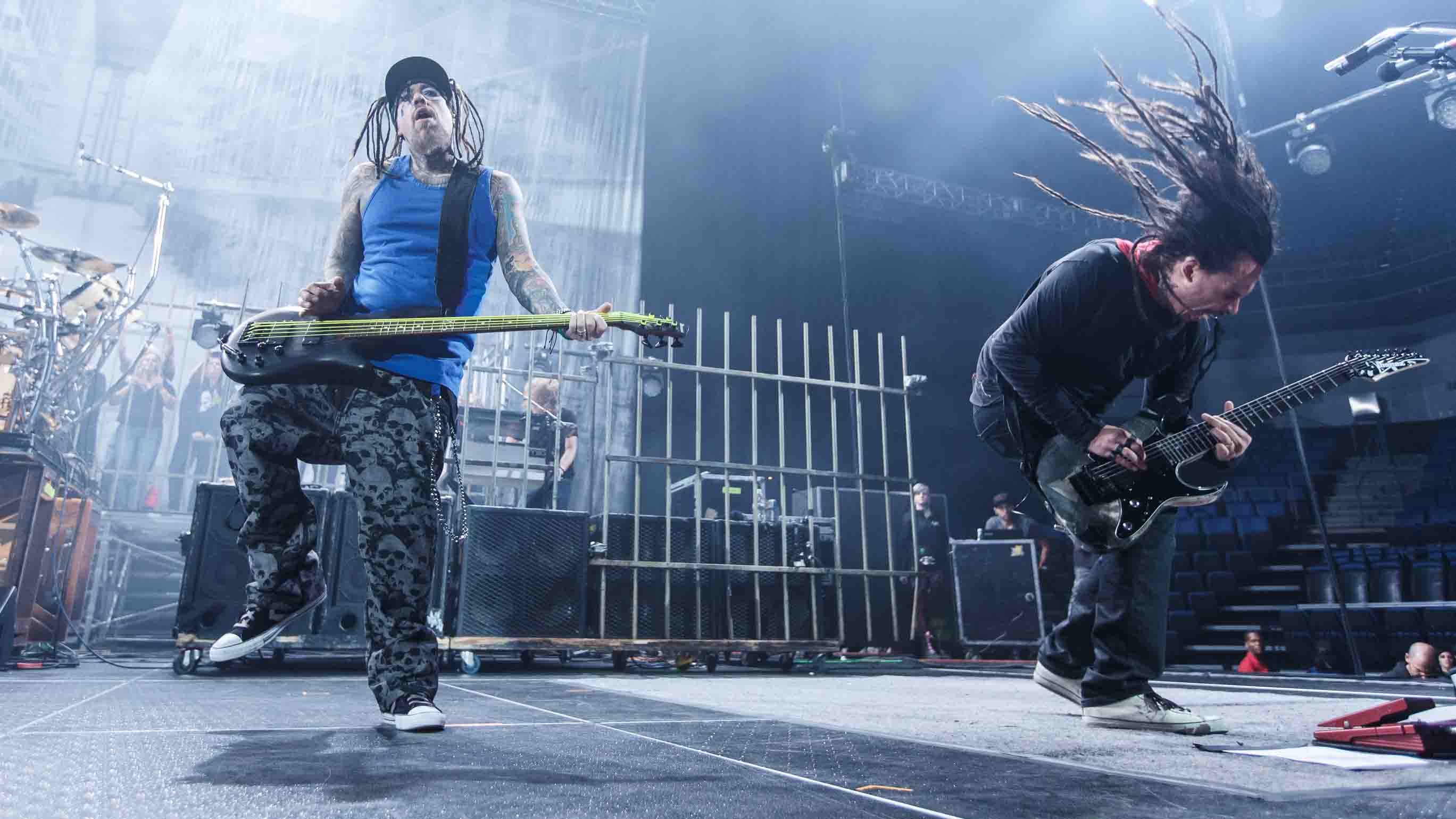
Predictable
“That riff was born with more of a thrash-metal feel. The idea was sort of like an Anthrax-y, Metallica kinda thing, but the way the rhythm turned out kinda pushed it in more of an Alice In Chains direction. When we play that song, it feels like more of a grunge than when we created it.
“That Dirt record, man, it changed our lives. All the bending and that sludgy sound they have. That’s where the influence eventually came from, even though it wasn’t intended.”

Fake
“There's this reverse delay thing going on – we flipped the tape, old-school style. We wanted a little string section, but we didn’t want the whole cello thing… we just wanted something a little more orchestrated-sounding. So, a few guitars were recorded as swells on a half-inch tape, then we sent that back to the two-inch tape, flipped the tape over and edited that.
“So, it was a violining sort of effect and turned out really cool. It sounds maybe a little Jimi Hendrix-y, I guess. We didn’t mean to; it was just an experiment that turned out fun. Because we were learning as we were recording – we’d never been in a proper studio before!”
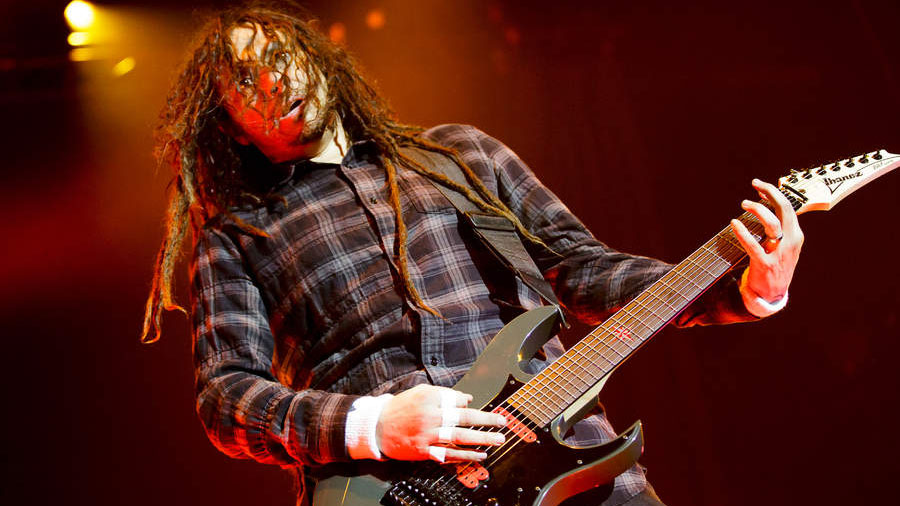
Lies
“Lies has another weird sound that’s not a Whammy. It’s Head picking this aggressive high note out – a lot of it is in the right hand. And he’d wiggle his left hand on the fretboard and it makes this unusual sound. We were all like, ‘What the fuck was that?’
“Also, this song has that chromatic feel. And there’s a very chromatic theme throughout the record, but this song especially. With Head screaming “do you ever” and Jonathan growling grindcore-style real deep underneath, then you have the bass and the drums with this bounce… it’s a bizarre combination, but it just works.”

Helmet In The Bush
“That song is about drug addiction and how it pulls you in. It’s one of my favourite songs to play every night, and has such an industrial feel to it because it was actually written with a drum machine!
“It’s funny, because people think now we’re 20 years deep and incorporating more electronics into our songs, we didn’t do that before. But on each record, there was an electronic song or something we wrote with a drum machine that made it on there.
This was the first time we’d tried anything like that – we wanted it to be very rigid, very Ministry-esque. With our own twist! We didn’t really know what we were doing, but we were just trying to sound like nobody else.”
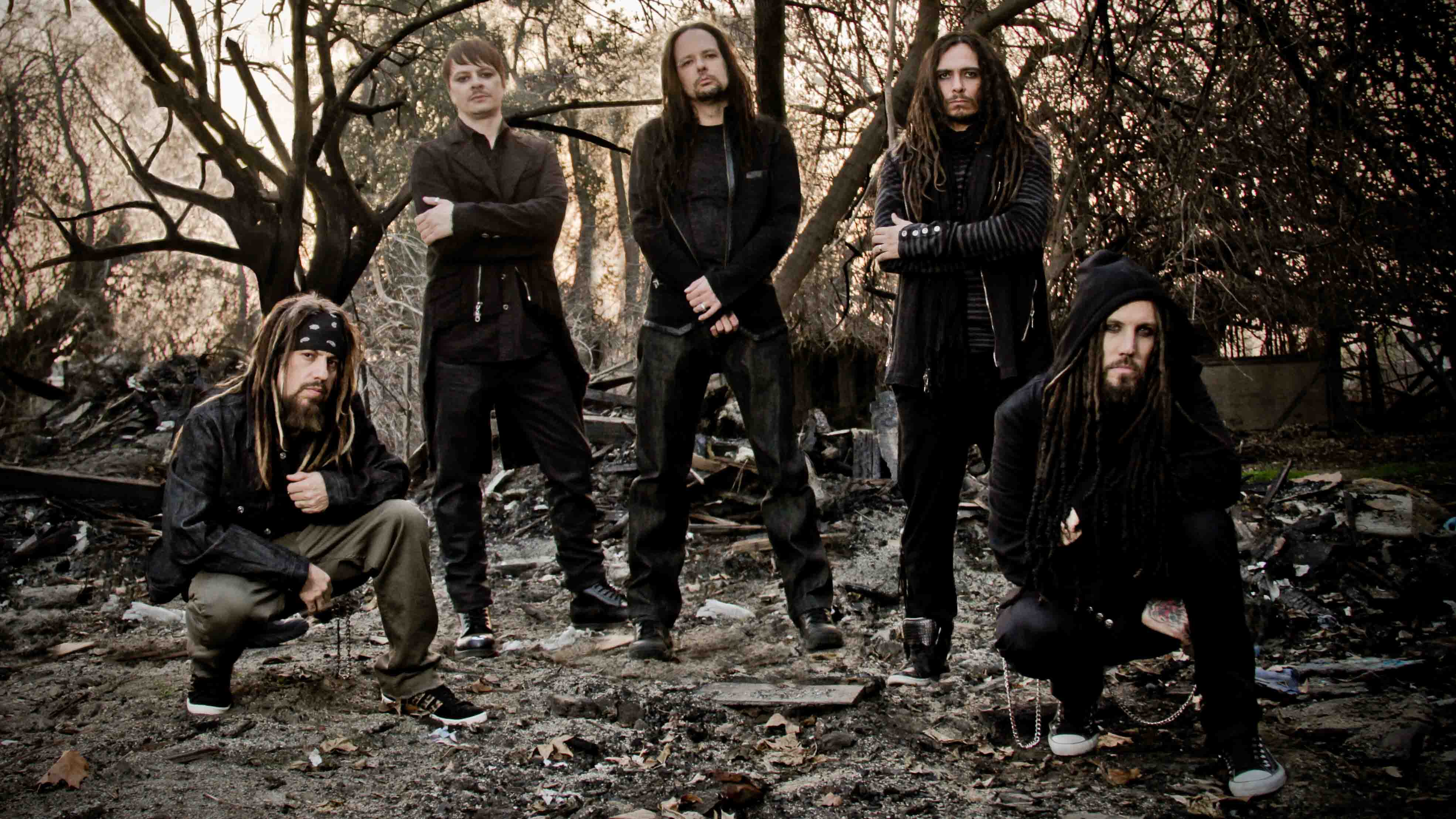
Daddy
“It always has an uneasy, haunting reflection because of what it’s about. It’s never really easy, even when we’ve been playing it each night; it’s a spooky, dark thing.
“We always try to recreate what was recorded, and it’s difficult for Jonathan in some respects. You don’t really want to go deep into those wounds, but you want to give the audience a glimpse of what it might have been like to record the song. A lot of those wounds for all of us have healed.
“It starts out with that dissonant bass in a slow rhythm, which is just odd. It makes you think, ‘What is this gonna be?’ Half the time I don’t know how Jonathan sings over this shit. He’s a super-talented guy that can sing over anything, and for him, this track brought out something nobody expected.
“At the end, we just kept the tape rolling and improvised those last two minutes in one take! It’s always good to come back with an encore because we can’t leave a crowd like that. They’ll never come see you again!”
Don't Miss

Amit has been writing for titles like Total Guitar, MusicRadar and Guitar World for over a decade and counts Richie Kotzen, Guthrie Govan and Jeff Beck among his primary influences. He's interviewed everyone from Ozzy Osbourne and Lemmy to Slash and Jimmy Page, and once even traded solos with a member of Slayer on a track released internationally. As a session guitarist, he's played alongside members of Judas Priest and Uriah Heep in London ensemble Metalworks, as well as handling lead guitars for legends like Glen Matlock (Sex Pistols, The Faces) and Stu Hamm (Steve Vai, Joe Satriani, G3).
"Reggae is more freeform than the blues. But more important, reggae is for everyone": Bob Marley and the Wailers' Catch a Fire, track-by-track
“Part of a beautiful American tradition”: A music theory expert explains the country roots of Beyoncé’s Texas Hold ‘Em, and why it also owes a debt to the blues
"Reggae is more freeform than the blues. But more important, reggae is for everyone": Bob Marley and the Wailers' Catch a Fire, track-by-track
“Part of a beautiful American tradition”: A music theory expert explains the country roots of Beyoncé’s Texas Hold ‘Em, and why it also owes a debt to the blues

